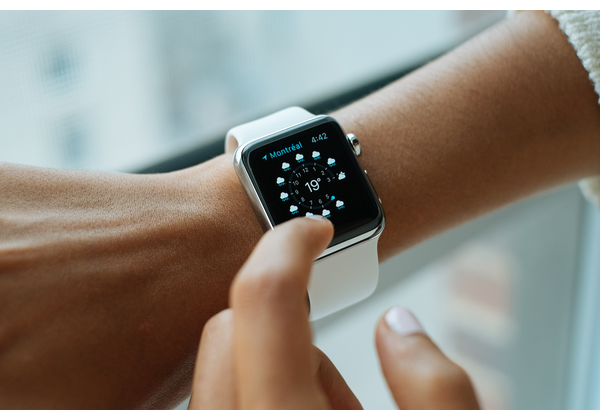MD2K Project Wins $10.8 Million in Funding

Although consumer wearable devices such as the Apple Watch gather data on a few user parameters such as steps and heart rate, they display a snapshot of results rather than going deeper into detection. The goal of the MD2K team is to use raw data from such devices to anticipate and prevent “adverse health events”. Although the project is aimed at researchers and clinicians, its tools are freely available, so these innovations could be used in off-the-shelf consumer wearables.
The MD2K team, which includes researchers from 12 universities in the US, has come up with a set of gadgets capable of collecting a variety of raw, reliable sensor data. These devices include MotionSense, a smartwatch that can decipher a user’s arm movements through sensors that track heart rate variability; EasySense, a micro-radar sensor worn near the chest that measures heart activity and lung fluid volume; and AutoSense, a chest band that collects electrocardiogram and respiratory data. All three devices stream data via Wi-Fi to Android phones, where a software platform built by the MD2K team processes the information into digital biomarkers on the user’s health status and risk factors.
MD2K is an open-source project. This would allow companies such as Apple, Fitbit and Samsung to use the team’s designs to build analytical sensors and apps for their own wearable devices. This means that future iterations of commercial products could go much further in providing data.
For example, MD2K’s designs can calculate differences in how a user’s blood absorbs its various sensor lights, instead of simply measuring heart rate in terms of beats per minute. This would allow devices to calculate heart rate variability, an important healthcare measurement.
The hope is that the advances pioneered by MD2K will trickle down to consumer wearables over time. The market for wearable devices is still looking for solid applications, and advances such as those being made by MD2K could spark some interest among consumers who have been looking for a reason to buy.
However, makers of wearables will have to proceed with caution. It’s clear that advances in sensors tied with big-data analytics have the potential to provide a new level of ongoing personal diagnostics, but claims of being a maker of healthcare products brings a new set of complications. Healthcare is a highly regulated industry in most countries and these devices require more strenuous, costly and time-consuming testing processes.
Wearables have a chance to grow up and take on more-serious roles and this is an example of things to come. Getting the benefits of selling off-the-shelf consumer electronics products while pulling in some potentially life-changing features like those being developed by projects such as MD2K will require careful messaging and measured promises.

 Twitter
Twitter
 Facebook
Facebook
 LinkedIn
LinkedIn
 Email
Email